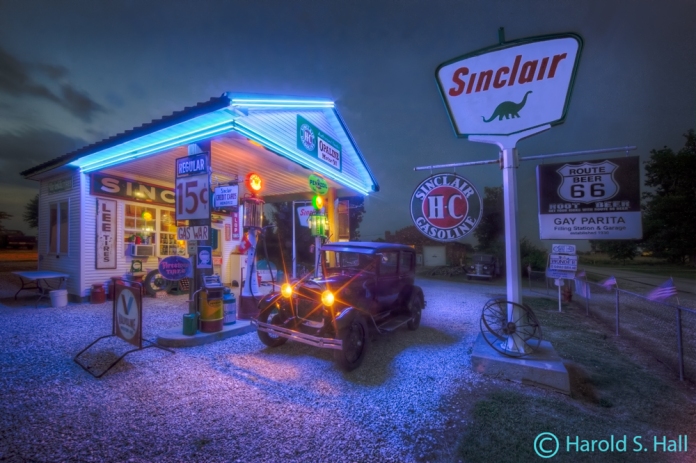(Third in a Series of Six Articles)
 Most commonly today when people take photos of friends or family, the photos will be stored in a format called JPEG. This simply means that their camera has a math program in a computer chip where certain pieces of photo information are saved; color saturation may be enhanced while other data from the original photo are tossed out and forever lost. Inherent in this process is a lower quality image that is not suitable for the highest quality photos required by professionals. This math program will apply saturation to the colors automatically and will try to get whites to look white to the viewer along with many more adjustments, or manipulations. The advantage is the resulting photos are fine for displaying on the internet and also small enough for convenient storage.
Most commonly today when people take photos of friends or family, the photos will be stored in a format called JPEG. This simply means that their camera has a math program in a computer chip where certain pieces of photo information are saved; color saturation may be enhanced while other data from the original photo are tossed out and forever lost. Inherent in this process is a lower quality image that is not suitable for the highest quality photos required by professionals. This math program will apply saturation to the colors automatically and will try to get whites to look white to the viewer along with many more adjustments, or manipulations. The advantage is the resulting photos are fine for displaying on the internet and also small enough for convenient storage.
RAW image files have come to the rescue of the serious photographer who wants to take the highest quality images possible. With a RAW file, the substantial amounts of data lost in the JPEG files are instead retained and remain unaltered. The result is a dull image compared to a JPEG enhanced program. Each camera manufacturer has its own proprietary format. Nikon uses a different RAW format than Canon. The primary difference with the RAW photo is data is not manipulated or altered by some predetermined math program trying to create a final image. A RAW file is an unprocessed file and is not capable of being printed without alterations through computer software.
After capturing the RAW image, the next step for the photographer is to process or develop this digital negative into a printable photo format like a TIFF file. The photographer makes the artistic decisions regarding color, hue, whites and blacks instead of having some math program do this automatically as with a JPEG. Here, the photographer can make decisions regarding the whites contained in the photo; how dark to make the blacks, color hue and saturation levels as well as make exposure adjustments. Details in the shadows lost in the JPEG file can be brought out in the RAW file. These shadow details would have been visible to a person at the landscape scene captured in the photograph since the human eye is many more times more sensitive than cameras. The iris of our eyes would have opened wide to see the shadowed areas. Conversely, our iris would have gotten smaller and we could have squinted to more clearly see the brightest areas of a scene such as bright white clouds. The RAW file has the potential to be more realistic than a JPEG image. My goal as a landscape photographer is to make the appropriate but subjective adjustments resulting in a realistic image that meets my vision for the scene at the time the image was captured.
This photo is the result of blending three RAW photos together with many additional adjustments. It would not be possible to have such a result by taking a single JPEG image.
